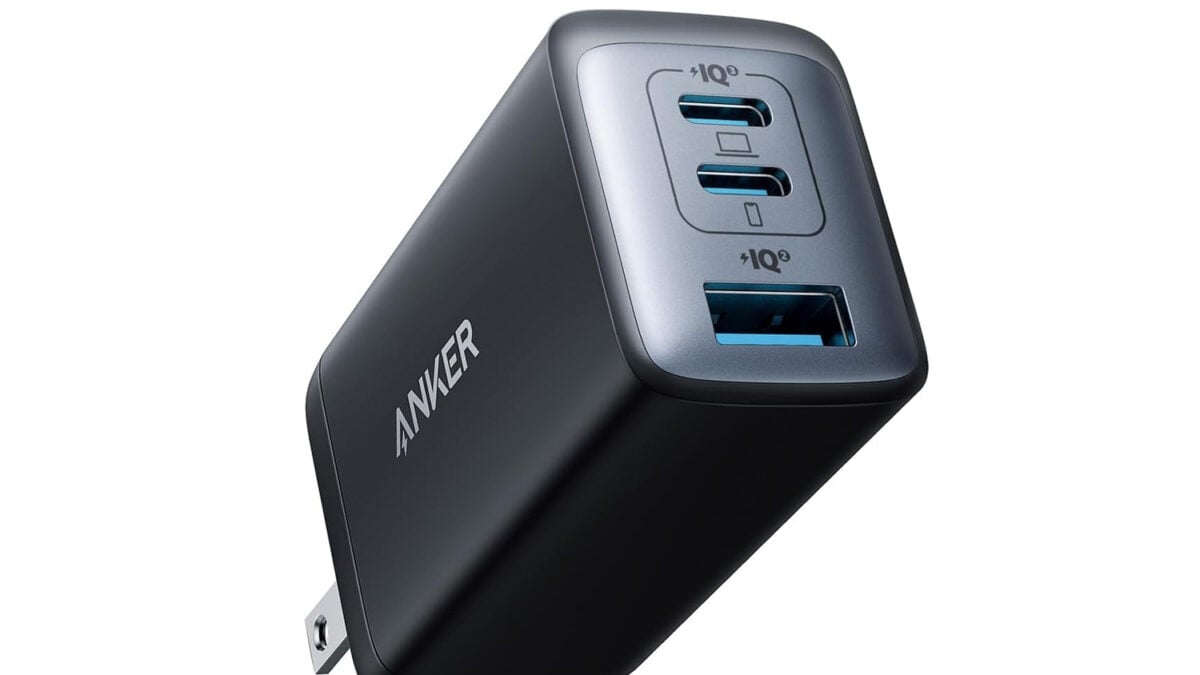Copyright Charleston Post and Courier

NORTH CHARLESTON — As the tri-county region continues to grow, the state’s first mass transit system aims to solve worsening traffic congestion, but getting residents on board is another hurdle. The Lowcountry Rapid Transit is expected to start construction in early 2027 and will connect Ladson to Charleston. In contrast to a traditional fixed route system, bus rapid transit features dedicated bus lanes and traffic signal priority to keep the buses moving along the 21-mile route. In a region that relies heavily on cars for transportation, project planners said communicating with the public throughout the entire development process has been crucial. “LCRT is for the people that ride transit today, for the people that will ride it in the future,” said Sharon Hollis, the project lead. “Every decision we make really is driven by that community input we receive throughout the process.” While no comparable bus system exists in the state, other cities in the United States with similar populations to Charleston’s metro area that have established bus rapid transit systems have laid the groundwork for how to engage the public. Bus rapid transit in other cities Roughly 400 miles away in Richmond, Virginia, riders have been using the city’s bus rapid transit system, called the Pulse, since 2018. Ashley Mason, the engagement manager with the Greater Richmond Transit Company, spearheaded public information efforts several years before the bus system began running. She routinely visited businesses along the nearly seven-mile corridor, sharing information and providing updates as the project progressed. She attended neighborhood meetings and hosted public forums. Despite the efforts, she said a lot of residents didn’t know much about the project until an issue arose. During the planning process, parking in the city’s downtown district that was set to be eliminated by the line ruffled some feathers with residents and business owners. In response to their frustration, Pulse project planners conducted a third-party parking study in the corridor that found there was adequate parking for the businesses that was provided other nearby streets. She said responding directly to concerns in this way helped change the public sentiment. “It can be quite daunting,” she said. “I think ultimately people just want to know what's going on and they want to know that they're heard.” Meanwhile in Indianapolis, Indiana, social media campaigns were used to get the word out about IndyGo, the city’s bus rapid transit system that launched in 2019. According to Carrie Black, the system’s chief public affairs officer, the campaign emphasized creating an educational and engaging brand and the outreach team met with residents and businesses along the 13-mile route. Comparable to the Lowcountry Rapid Transit plans, the IndyGo buses travel in dedicated lanes apart from vehicle traffic and have special technology that adjusts traffic signals for shorter wait times at lights. Part of the public outreach efforts included informing residents on how the new bus system differed from the traditional fixed route system the city already had. Meeting residents where they are Along the planned corridor in North Charleston, Michelle Emerson, who leads outreach efforts for the LCRT, said she has done door-to-door canvasing and has hosted presentations with nearby neighborhoods. She said constant communication is her priority, so she makes herself available to answer any question that arises. “We want to meet people where they are as much as possible,” she said. These community engagement efforts are ongoing, while larger public input meetings occur at certain project milestones. Within the last month, LCRT planners met with the North Charleston Neighborhood Presidents Association to provide an update on the progress, said Saint Julian Corey Van Hannegeyn IV, the chairman of the association. As the neighborhood president for Deas Hill, he relayed the information to residents there, but he isn’t sure how much the general public knows about the project. “Even people who know about the plan coming, I don't think they know the intricate details,” he said. A recent poll found two-thirds of Charleston County residents hadn’t heard much or anything about the transit plans, according to a survey conducted by the National Association of Realtors in June. Once presented with a brief overview of the project, 71 percent of the respondents expressed favor of the bus system. Ryan Castle, the CEO of the Charleston Trident Association of Realtors, said the public awareness of the project is not surprising considering construction hasn’t started. The support of the project after learning about it is a more revealing figure, he said. “I think that shows that there is vast support for the project once it gets done,” he said. The poll that surveyed 400 registered voters across the county revealed one-third would ride the bus for commuting, school or errands. Those with the strongest likelihood to use the new transit system were non-homeowners, those making less than $75,000 a year and those in the 18 to 34 age range, the poll found. Spencer Crawford, the neighborhood president for 10 Mile in North Charleston which is located near the planned bus route, said he plans on riding the bus once it’s operating to see how it works.



